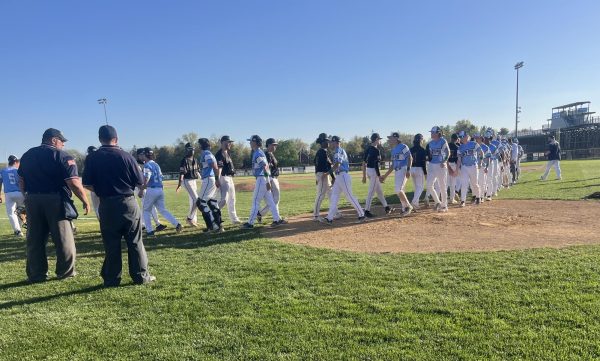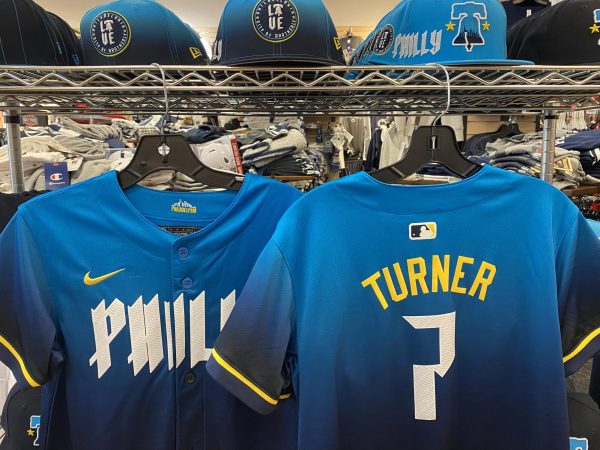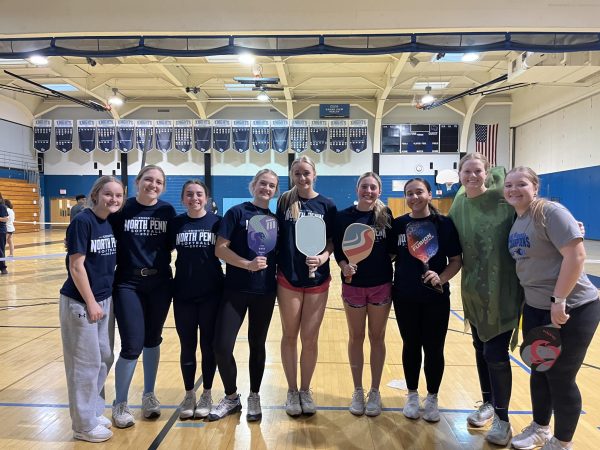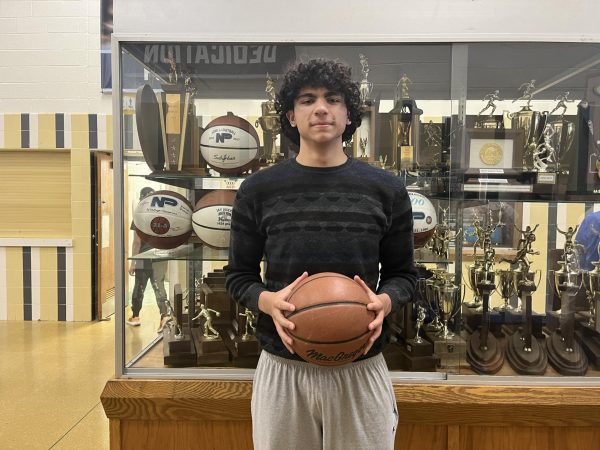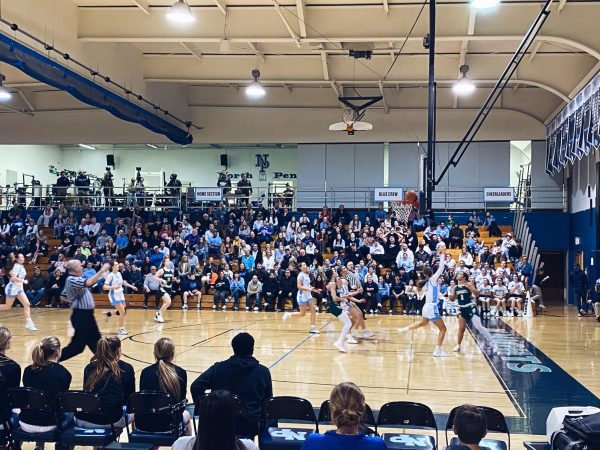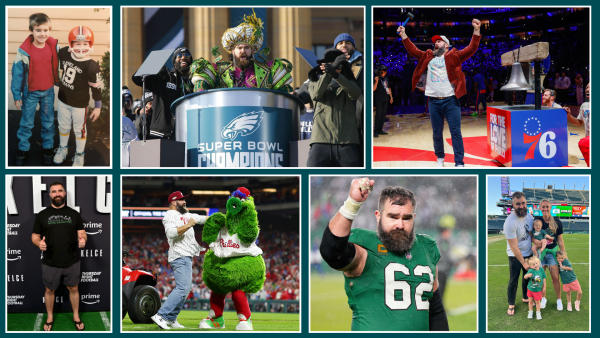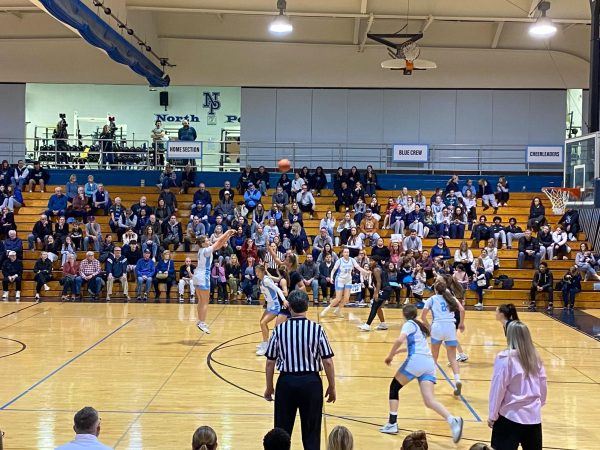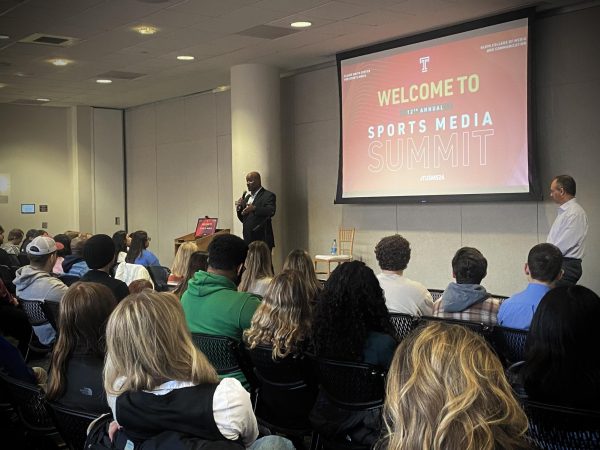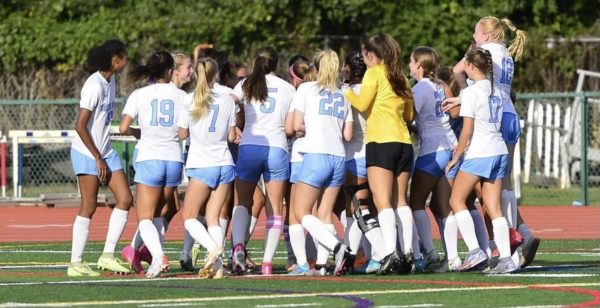Exploring concussions and youth football
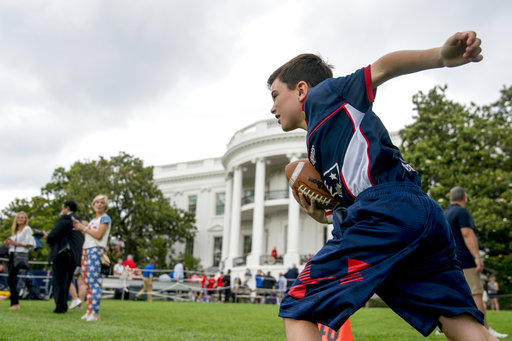
A boy plays flag football during White House Sports and Fitness Day on the South Lawn of the White House, Tuesday, May 29, 2018, in Washington. (AP Photo/Andrew Harnik)
Earlier this fall, Dylan Thomas died. The head injury he received on his last Friday night football game for Pike County High School in Georgia eventually took his life.
He was only sixteen, only at the very beginning of his junior year. So much was in front of him, so many opportunities and years of life to live. The star-linebacker and student-athlete of his high school team died due to cardiac arrest springing from the head injury he received under the lights on September 28th.
The tapes couldn’t pinpoint the blow that took him out. No one knows the quarter that set it all in motion or the exact moment in the game that has left Pike County devastated.
Negligence didn’t take Thomas away. He had his NFL-grade Riddell Speedflex on and the coaching staff took the precautions to keep him and the rest of the Pike County Pirates safe. Even Thomas himself was fearful of injuries on the field. He didn’t want to hurt anyone else.
Yet all of this couldn’t keep Dylan here.
HEAD INJURIES AND FOOTBALL
Football injuries and sports in general have hurt many – from physical to emotional pains of all sorts. Look back to the very end of September when Dylan died from his football hit. Look back to 2013 when the NFL had to pay out 4,500+ players for Alzheimer’s, dementia, depression, concussions, chronic traumatic encephalopathy, and playing down the risks of rushing back on the field from an injury. Back to 2015’s spring season that almost left Montana Panther’s eleven-year old quarterback Brogan Callaghan paralyzed for the rest of his life and with a slew of cognitive and emotional problems after being hit from behind – the families, teammates, coaches, and communities left in shambles from the anguish football brought to one of their own.
Many groups are against kids below the high school age level participating in contact football because they’re at a higher risk than any other age group of sustaining injuries. From ages 10 to 12 everyone’s brain endures a crucial growth period, and injuries and concussion can lead to irreversible problems later in life. Contact football can impair cognitive development and growth of its players. The number of people opposed to children playing contact football is growing as more and more cases like Dylan’s are occurring and because the consequences of one hit can be so devastating, especially if the player hit is below the age of twelve and still growing.
No matter the age of the player, those who participate in football are not just running the risk of tearing their ACL and needing a cast and a spot on the bench for the rest of the season or getting hit in the head and needing some ice; football can leave its players with lasting brain damage.
In 2002 Forensic Pathologist and Neuropathologist Bennet Omalu performed an autopsy on the body of former Steeler’s center Mike Webster. In Webster’s brain Omalu discovered Chronic Traumatic Encephalopathy which showed the world hard evidence to support that football can leave a detrimental lasting impact on its players.
Chronic Traumatic Encephalopathy (CTE) is a degenerative brain disease caused by the Tau protein spreading in the brain of someone with a history of repeated brain trauma and killing the affected person’s brain cells. Before Omalu’s autopsy, CTE was only known for affecting those like military veterans and boxers, but now it is very clear that CTE and other cognitive and behavioral issues affect football players. CTE leads those with it into depression, memory loss, aggression, confusion, paranoia, and more. For this specific danger, football players have to be subjected to repeated hits over a long period of time and football creates a space that allows CTE and injuries like concussion to flourish.
YOUTH FOOTBALL THROUGH A PARENT’S EYES
Knowing all of this, hearing the stories of young boys like Dylan and Brogan’s, why would anyone allow their child to participate in something that could take so much away from them? Knowing how football damages so many professional and collegiate players and then the greater threat it poses to kids, why would you ever even think about subjecting your kids to it
Jim Rittenhouse, a father of three, has two sons in the local North Penn Squires program. He is fully aware of the growing concerns regarding kids, especially under the age of fourteen participating in contact football. HBO’s 2007 Real Sports program and Hall of Famer Deion Sanders’ radio interview all about CTE and concussions really showed Rittenhouse the threat sports pose for head/brain injuries and made him aware of CTE as it relates with the hits that add up in football. His brother received a 4-6 week concussion from his time with his high school team, so Rittenhouse has seen “first hand the effects of concussion and it’s short term aftermath.” He thinks about these moments “every time [he] see[s] [his] son put on his pads and helmet.”
It seems very baffling that a man well-versed in the hazards of football would let his children play, but in all honesty, Rittenhouse is against his sons playing football. His oldest son was perfectly happy just playing football before school, during recess, and after school without the organized program while his middle son Wil showed interest after third grade, and his youngest, J.R., just started playing flag football this year.
“When Wil expressed an interest in playing, my wife and I had a discussion about it and she stated you can get a concussion just as easily playing baseball. Personally, I disagree, but in life and in marriages and you pick and choose your battles. But we both do have an agreement that with the first substantive injury or concussion, they’ll no longer play the game of football,” Rittenhouse explained.
Again, the long-term effects scare the hell out of me. I think of former NFL players that I’ve seen profiled and how they struggle with basic motor functions
— Jim Rittenhouse, North Wales, PA: Father of youth football players
Again, the long-term effects scare the hell out of me. I think of former NFL players that I’ve seen profiled and how they struggle with basic motor functions,” said Rittenhouse.
I had to ask Rittenhouse how he could possibly think that allowing his kid or any other kids to play is ethical. I read just a few of the stories, and they all broke my heart. The young student-athletes and professionals who have endured the emotional, mental, and physical pains football can give them and are now left with uncontrollable mood swings, depression, Alzheimer’s, paralysis, or death. In all honesty, learning about the many risks football poses made me so mad at all the parents that let their kids play. I was so upset with their parenting. Why would you gladly drop your child off to a game that could kill them? That could leave them in a wheelchair for the rest of their life? That could leave their brain capacity deteriorating for the rest of their life?
I asked him why he would allow his son to play if he knew kids under the age of twelve were at such a higher risk of cognitive and behavioral problems and death playing. But, Rittenhouse made me see something I turned a blind eye too.
“As far as behavior issues, there are so many other things in everyday life that can have just as much impact. I do know that in all athletic programs these days, insurance companies require these organizations to go through concussion training protocols. So the days of “getting your bell rung” and going back on the field are over and they take head and brain injuries very seriously,” RIttenhouse reflected.
I lost sight of the fact that football isn’t the only thing that can jeopardize a young kid’s life. I’m not saying that football isn’t a big risk for these kids, but if a parent says no to football does that mean no to every other sport too? Concussions, cognitive issues, and death are tied to many other sports as well and the rules and regulations are much better than they ever were.
“I think that until the first domino falls nothing will change. Former pro players have sued the NFL for their long-term side effects. To the best of my knowledge, there hasn’t been a lawsuit filed against the NCAA for CTE injuries. I think that until these two dominos fall nothing will change down at the youth levels. I hate to say it, it’s all about the almighty dollar. The NFL and NCAA are multi-billion dollar industries and nothing will change until these two establishments are held accountable,” Rittenhouse said.
MANAGING SPORTS AT THE HIGH SCHOOL LEVEL AT NORTH PENN
Mr. William Bartle, North Penn High School’s Athletic Director, is also aware of the dangers football poses on his student-athletes, as well as on every other athlete.
“Everyone wants to take the proper steps to eliminate injuries.” explained Bartle.
Everyone wants to take the proper steps to eliminate injuries
— William Bartle - NPHS Athletic Director
North Penn takes many steps to ensure the safety of all it’s athletes. North Penn was one of the first schools to provide a baseline test for athletes who suffers from a head injury. This test is used because if the athlete cannot obtain a score within a certain threshold of their original score, the athlete will not be released to play for their own safety.
For football specifically, the amount of contact the players have per week is limited. They’re only allowed to have ninety minutes of contact per week. This closes the gap of time in which someone could get hurt and stresses that the alloted time will be used safely and meaningfully. Proper tackling techniques are stressed and an all around safe athletic environment is the goal for the football players and every other student-athlete.
From tracking the numbers of concussions North Penn High School’s football team has had, the number of concussions over the last three or four years has been about six, whereas a few years prior the concussion count was at ten or eleven. Testing, proper tackling techniques, limited contact time, and improvements such as better helmet designs, are helping North Penn football stay safer.
Bartle still knows that football poses risks for his student-athletes and every other participant. These risks lead to calls for kids under the age of twelve to just participate in flag football until they’re older and more developed for the risks contact football poses. Bartle does not know if there should be an age group limited to flag football. If the bar is set to an age such as twelve he personally calls into question when the thirteen year olds moving on to contact middle school football will learn the proper tackling techniques that they missed out on in flag. If this were to happen safety is once again called into question.
He also knows that all sports, not just football, pose risks for their participants. He’s seen soccer have similar concussion counts to football, concussions in water polo, and every other sport. Even those sports deemed non-contact like tennis have had concussions at North Penn.
“We all want sports as safe as possible,” a sentiment Bartle emphasized vigorously.
WHAT I LEARNED THROUGH THIS INVESTIGATION
Mr. Rittenhouse and Mr. Bartle showed me that ruling against contact football for young athletes is not as easy as I initially thought. I never stopped to think about how other sports can pose risks just as scary as football. I never stopped to think about the safety techniques that could be lost in an alternative like flag football. I never stopped to think about the many factors that can make football so beneficial, like the sportsmanship, cooperation, and skills used to deal with adversity that football can breed in it’s players. Learning all I did from these accounts and stories, contact football, in my mind, is no longer just a nasty menace but is also something in which I can find some good, but also something in which I want to see much improvement.



